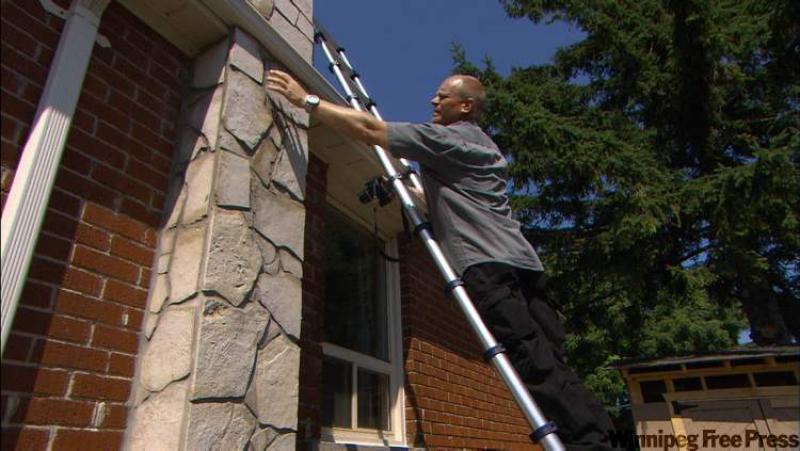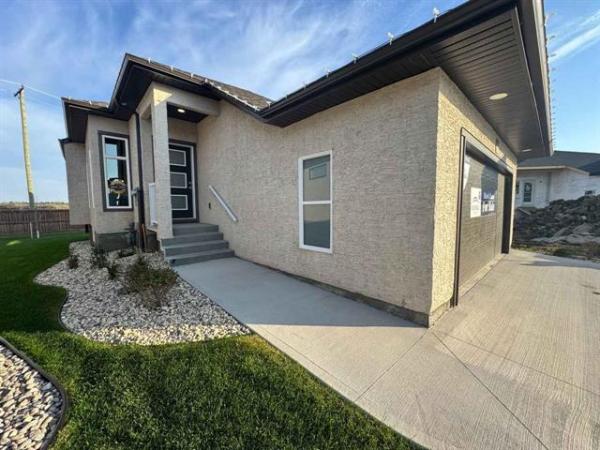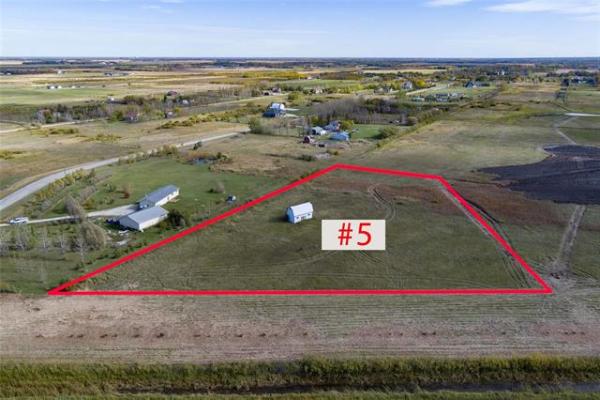I love when things are built to last. I think your house should outlast you.
A big part of any structure's longevity and endurance has to do with its exterior finish. Working in the construction industry for over 20 years, I've come across a lot of different types of exterior finishes -- some good, some bad and some ugly. And I don't mean ugly to look at; ugly in this situation means the home's exterior isn't durable or strong enough to protect the building envelope from the elements.
You have a wide range of options if you're choosing exterior finishes for your home: stucco, metal, vinyl or wood siding -- and they all have their advantages and disadvantages. But time and time again, I see people are often choosing good old-fashioned masonry. It's a classic and it says quality to homebuyers. People think they are getting good value if they buy a brick or stone home.
When we talk about masonry, we're talking about constructing and building structures using brick, stone, block and cements. Stone is usually the favourite and it can be used both inside and outside the home, but it's expensive. Why? For one, it's a natural product that needs to be quarried and it lasts a long time, making it a premium product. But the main reason for its cost has to do with installation. Installing stone requires more time and labour. Stone is heavy to ship and to work with. It has to be cut and shaped for its specific use, which takes time, and time costs money, especially when you're talking about the time of a skilled mason.
But some manufacturers are also starting to offer different kinds of masonry products that have the look and appeal of stone but the ease of installing brick. These are called masonry hybrids.
Most people are familiar with cultured stone, a concrete product, we've seen used in landscaping for years. Masonry hybrids are different from cultured stone in their material and installation. They're also manufactured as a veneer, not a full brick, which makes installation easy.
When installing real brick or stone, an air space or dryable wall space is maintained between the wall and the masonry work. This space is crucial because it allows for any trapped moisture to evaporate, preserving both the wall and the brick/stone work. But because cultured stone is applied directly to the wall, there is no air space. If moisture is trapped behind the veneer it will cause water damage to both the wall and the veneer. The first signs of that are efflorescence (a white, chalky stain) on the surface of the cultured stone. In some cases, the water damage will cause chunks of the veneer to crumble away, and in other more serious cases, the entire veneer will just pop right off.
But masonry hybrids are different. They can be installed just like brick because of their shape, allowing for that crucial air space between the brick and the wall. Now, there are lots of different masonry hybrids out there, each made using different methods, processes and materials. The result? Different products, all of varying strength, density and durability.
For example, some hybrids are made from clay and are manufactured using the same methods as regular clay bricks. This makes them just as durable as a clay brick, installed like a clay brick and even maintained like a clay brick, but their texture, colour and size are made to look like stone. Other masonry hybrids are made from manufactured sandstone. These are also installed like brick, using brick ties and mortar.
When masonry hybrids are pressure-formed and autoclave-cured, the process makes them extremely dense, lightweight and strong. Density and strength are important, no doubt about that, but the key feature here is lightweight. Why? Because although stone is very strong, durable and dense, one thing it's not is lightweight. By making these products lightweight, they're easier to work with, which cuts down on time, labour and, of course, costs. But installation will still require some extra work to get that proper stone-cold look.
If you're planning a renovation that will involve some masonry work, it's important you speak with your licensed contractor about the different options now available on the market. Masonry hybrids could be something to consider if you like the look of stone but not its price tag.
But remember, at the end of the day it's not stone. You can't expect a product to perform like stone if it's made of something like clay, sand or concrete. Make sure you know what you're getting and what you're paying for.
And look for masonry hybrids that come with a lifetime guarantee. Speak to a professional about the specific hybrid product you're thinking about using, where you want to install it and how you need it to perform. That means talking to the manufacturer and asking about proper installation methods, maintenance and durability. If you're going to do it right, it has to last.
Catch Mike in his new series, Holmes Inspection, airing Thursdays at 8 p.m. ET/PT on HGTV. For more information, visit www.hgtv.ca. For more information on home renovations, visit makeitright.ca




